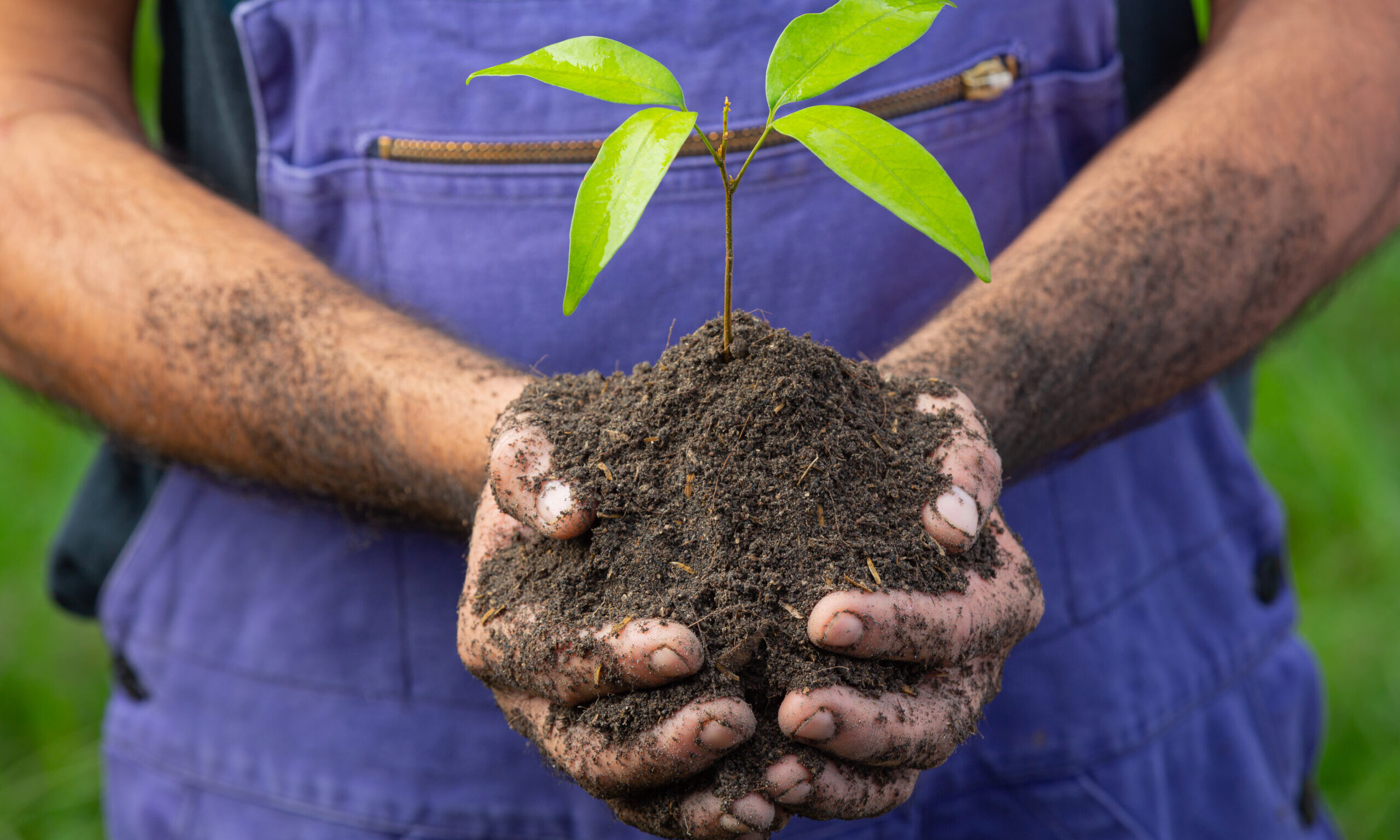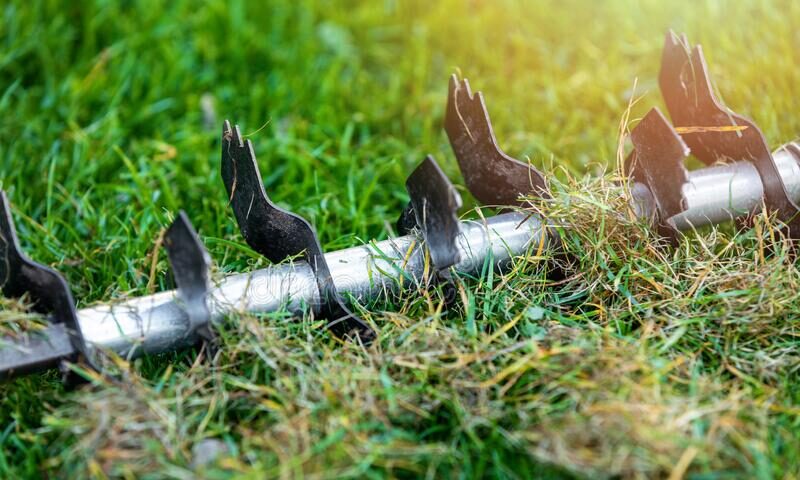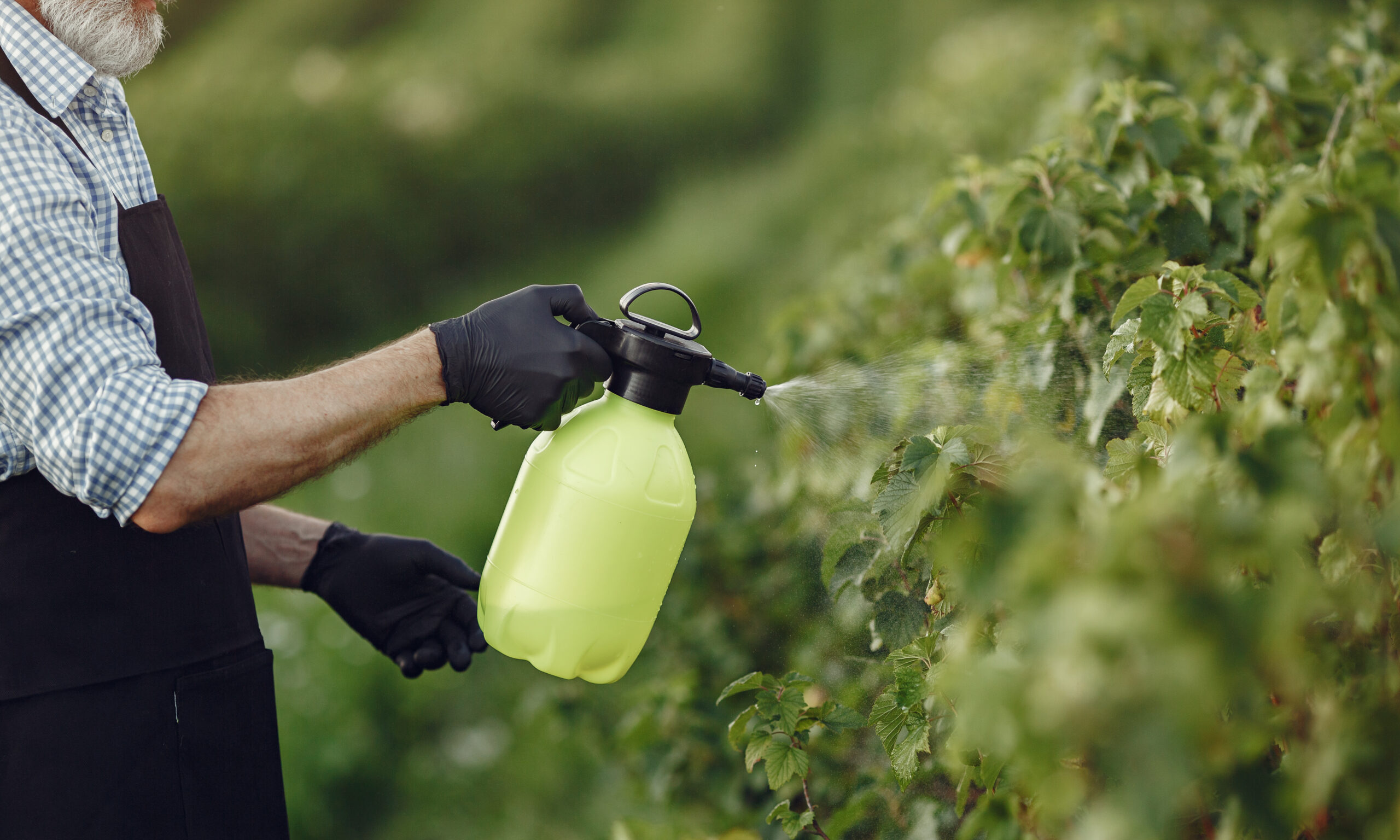
The Benefits of Fertilizing Your Lawn and Yard Regularly
Maintaining a lush, green lawn can be quite a challenge. There are a variety of factors that can affect the health and appearance of your
If you’re a homeowner, you know how important it is to keep your lawn healthy and looking its best. Aeration is a key part of lawn care, and it can provide a variety of benefits for your lawn. Aeration is usually done in the spring or fall, when grass is actively growing.
Aeration involves removing small plugs of soil from your lawn, which helps to reduce soil compaction. When the soil is compacted, the roots of your grass can’t get the oxygen and nutrients they need, and the grass can become unhealthy and weak. Aeration helps to loosen the soil, allowing air, water, and nutrients to penetrate more easily.

TruGreen is America’s #1 lawn company. TruGreen provides tailored solutions and a team of professionally trained experts to provide homeowners with a healthier, greener lawn. From basic weed control and fertilization to total yard care, TruGreen has a plan for every lawn.

If you are planning to DIY lawn aeration, follow these steps for success:
After aerating, it’s important to dethatch the lawn as well. Dethatching will help remove any remaining clumps of soil and grass that the aerator may have missed. Additionally, watering and mowing the lawn regularly will help ensure that the grass stays healthy and lush.
If the process sounds overwhelming or time-consuming, consider hiring a local lawn care specialist to aerate, dethatch, fertilize, and over-seed your yard to have the healthiest and greenest lawn.
Aeration helps to break apart compacted soil, allowing air, water, and nutrients to penetrate more deeply into the root zone. This helps to create a stronger, healthier root system and improve the overall health of the lawn.
Aeration helps to break up thatch layers that can block the uptake of nutrients by the grass. This helps the grass to absorb more of the fertilizer it needs to remain healthy and strong.
Aeration helps to loosen the soil and create pathways for water to flow through. This helps the water to penetrate deeper into the root zone, providing better hydration for the lawn.
Aeration helps to reduce water runoff from the lawn, which can lead to soil erosion and other problems. By improving the soil structure, water is better absorbed and retained in the root zone.
Aeration helps to promote deeper root growth, which makes your lawn better able to withstand drought, extreme temperatures, and other conditions. Deeper roots also help your lawn to absorb nutrients more efficiently, making it healthier and stronger.
Aeration also helps to reduce thatch, which is a layer of dead grass, stems, and roots that builds up between the soil and the green grass. If the thatch layer gets too thick, it can prevent water and nutrients from getting to the roots of your grass, leading to weak and unhealthy growth. Aeration helps to break up the thatch so that your grass can get the nutrients and water it needs to thrive.
Aeration can reduce pests and diseases by improving the overall health of the lawn. Healthy grass is more resistant to pests and diseases, which can help to reduce the need for chemical treatments.
Find lawn care experts near you.

Maintaining a lush, green lawn can be quite a challenge. There are a variety of factors that can affect the health and appearance of your

Spring is here and while April showers will bring May flowers, there are some actions you can take to help your yard bloom this year. Lawn

Having a lush, green lawn is a sign of pride for many homeowners. However, if you don’t fertilize your lawn properly, you may find yourself
Powered by Soleo Communications, Inc. 2024. All rights reserved.
Use of Smarter Home & Yard’s services is subject to our Privacy Policy, Disclaimer, and Terms and Conditions.